Why are my cucumbers turning yellow? 7 reasons fruits are the wrong color and how to fix it
Yellow cucumbers are undesirable and best sent to compost rather than the salad bowl
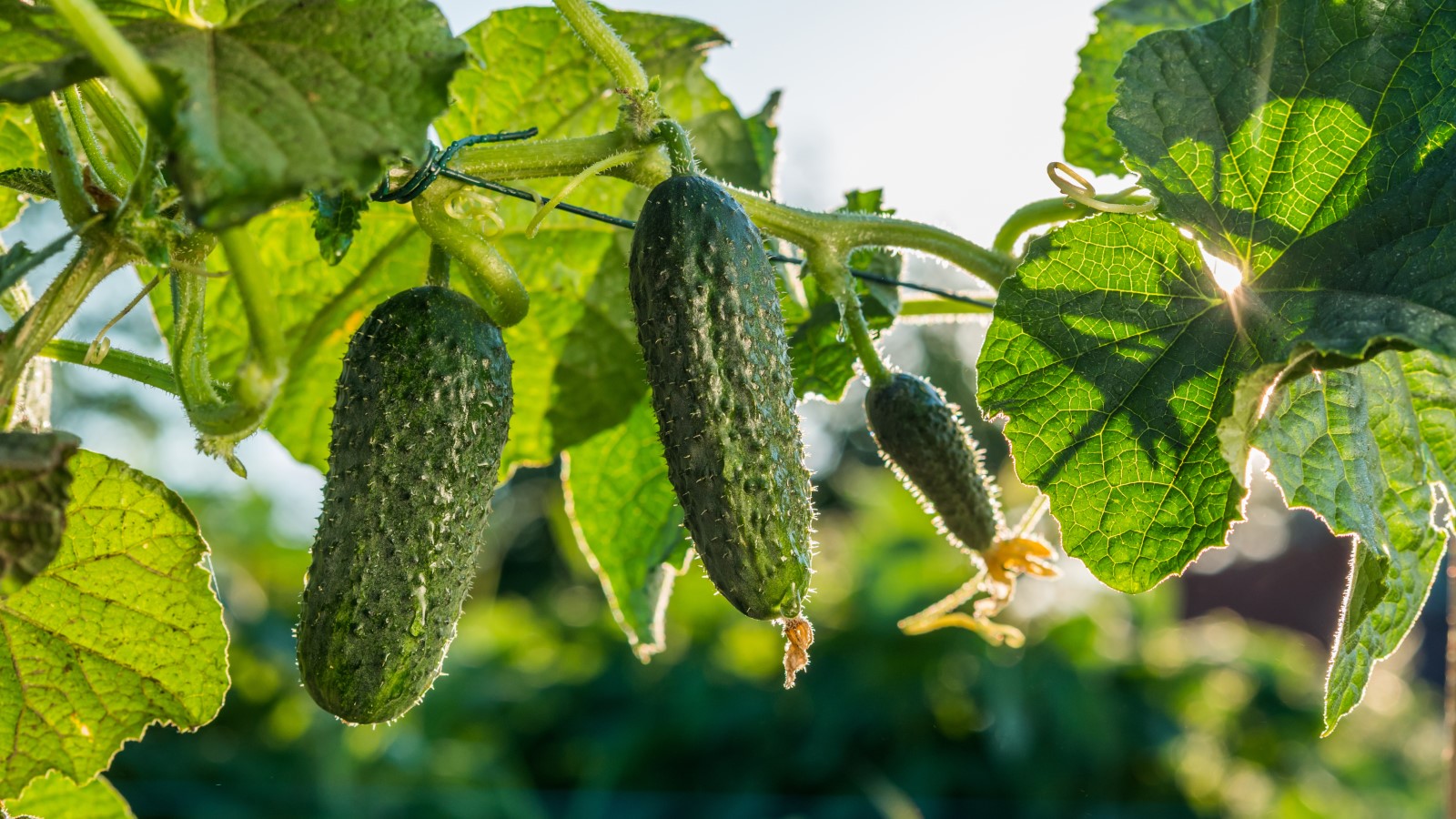

Cucumbers are simple plants to grow yet you may get fruits that are yellow as opposed to the dark green that you would usually expect. This unexpected turn, unless you are growing a yellow-fruiting variety, is a telltale sign that something is wrong with your cucumbers.
If you are growing cucumbers and have either yellow leaves or fruits, then you need to establish what is causing the issues. Watering, nutrients, and disease can all cause cucumbers to be yellow, as can not picking fruits at the right time when they are at peak ripeness.
We take a look at the most common reasons why you may see your cucumbers turning yellow and what can be done to prevent the problem hitting your plants and ruining your cucumber crop.
Why are my cucumbers yellow?

Cucumbers will turn more yellow as they mature
There are many reasons why not only do cucumber leaves turn yellow, but so do the fruits. You grow cucumbers for crunchy, dark green fruits so the sight of yellow ones will be understandably disappointing. The simplest reason could be that you are growing a yellow cucumber variety, such as lemon cucumbers, and that is the expected color. However, if they are not a yellow-skinned variety, then there are several factors that could cause discolored cucumbers.

Lemon cucumbers are spherical and yellow in color
1. They are overripe
The top culprit for a yellow cucumber is that the fruit is overripe. A lot of cucumbers take 40-60 days to go from the time to plant cucumber seeds to when you can start picking cucumbers. A cucumber that is left to mature on the vine for too long will turn from green to yellow. This is due to the chlorophyll fading as the cucumber matures and starts producing seeds.
Such overripe cucumbers should be removed from the plant and thrown on the pile to help make compost. Try to avoid cucumbers yellowing on the vine by regularly inspecting plants and removing fruits as they reach peak ripeness. The seed packet, or a quick search online, will give you an idea of the plant’s days-to-maturity so you can plan for the time to start harvesting cucumbers.
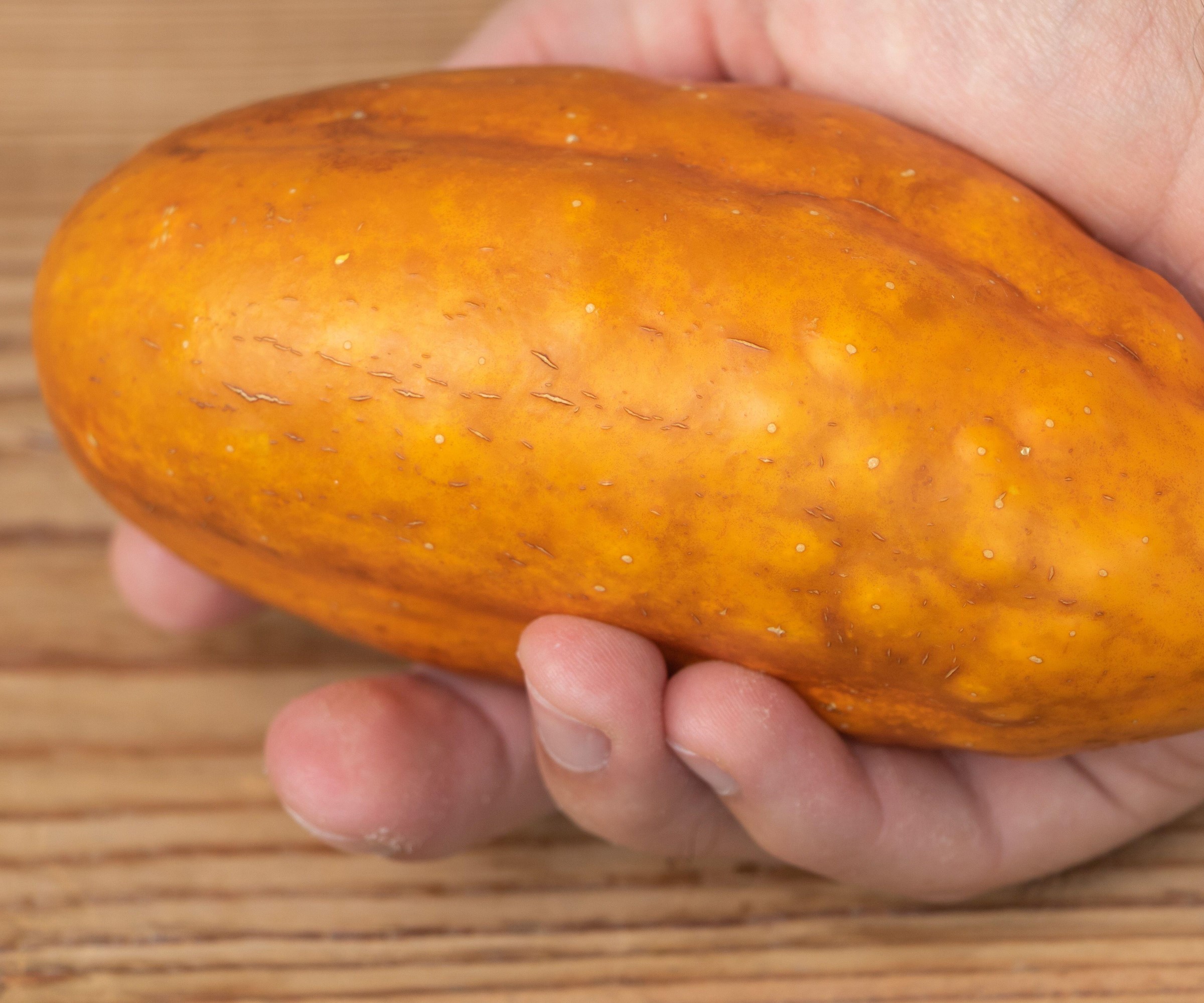
Cucumbers turn yellow when producing seeds
2. They're underwatered
Cucumbers are a crop that needs a lot of water to grow and produce fruits. A lack of water can stress the plant and cause cucumbers to turn a shade of yellow.
Cucumbers will need lots of watering, especially if they are being grown indoors as part of greenhouse ideas or as part of a vegetable container garden. The soil will dry out quicker in pots and that can trouble the shallow root system that cucumbers have. If you are growing cucumbers outside as part of vegetable garden ideas, then a mulching of compost, well-rotted manure, or leaf mold around the plant can help to retain moisture in the soil during hot weather.
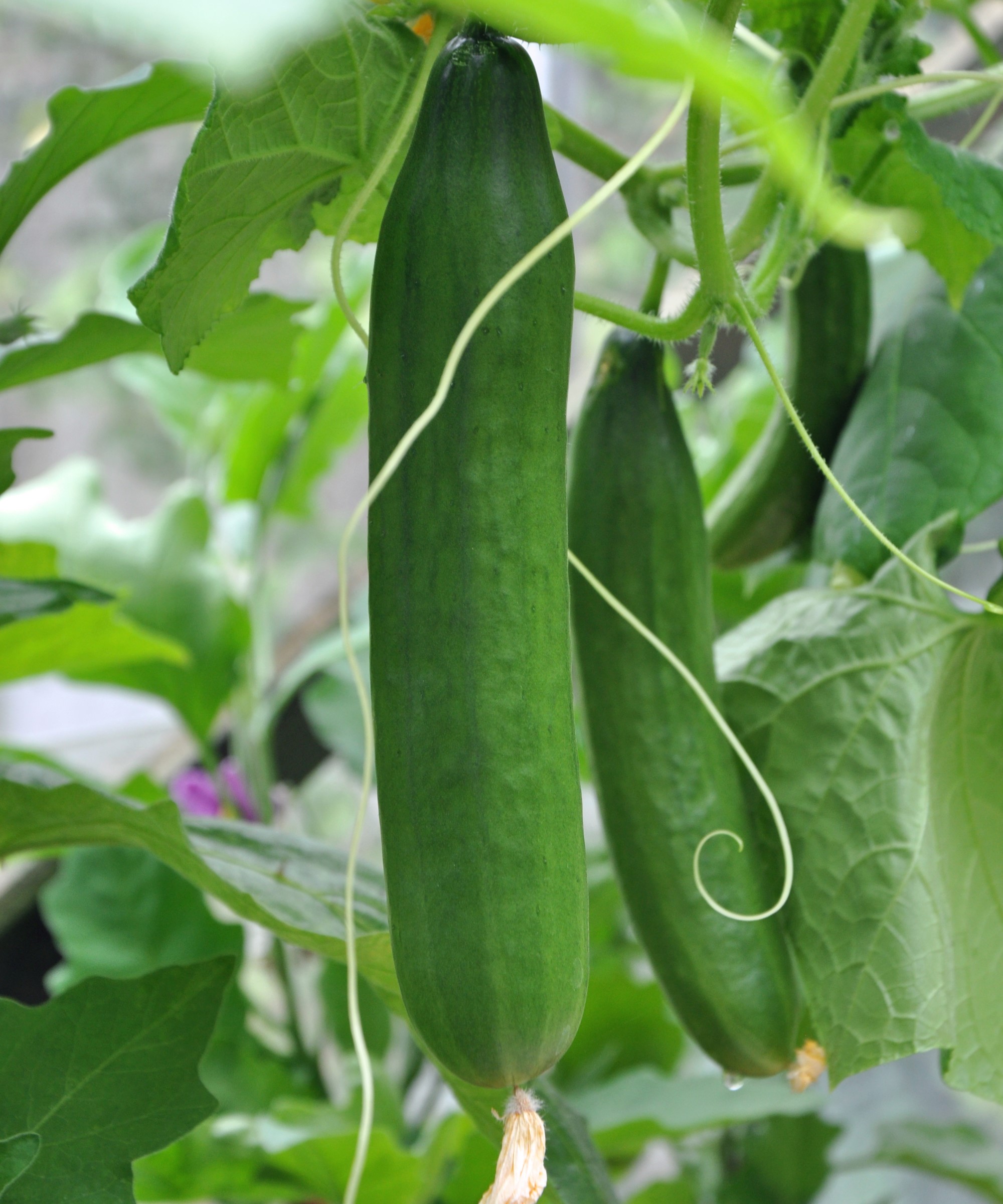
Cucumbers need lots of water to grow healthy fruits
3. They're overwatered
While underwatering can cause yellow leaves and yellow cucumbers, so can overwatering. Jessica Mercer from Plant Addicts claims that cucumber plants are ‘particularly sensitive to watering issues and languish when they get too much water or not enough’.
She adds: ‘The roots need to dry out a little between waterings, otherwise root rot can set in and prevent the plant from taking up nutrients. To support healthy root development, make sure the soil drains well and consider mixing in compost or soil conditioner to improve the soil texture and composition before planting.’
If you notice water pooling around the plants then it can be a sign of poorly-draining soil types and cucumber plants will not enjoy sitting in saturated soil. Hold back off watering until the top few inches of the soil feels dry. When watering plants in containers you can use your fingers to feel the soil moisture a few inches down, this can also be done outdoors or a soil moisture meter, like this one available at Amazon, can be used to make accurate decisions about when to water plants.

Jessica Mercer, PhD, is the Senior Content Marketing Coordinator for Plant Addicts. As a 'plant collector', Jessica enjoys growing many different plants and learning about the best culture practices for each. Writing for Plant Addicts is a real joy for her, as she can use her science background to research many interesting plant topics. She carefully considers how to best present the information to other gardeners in an environmentally conscious way.
4. They're lacking nutrients
A lack of nutrients in the soil can cause cucumbers to turn yellow or be stunted. It is recommended to test the soil every few years to check the pH and nutrient-makeup of the ground. This can help identify any deficiencies in nutrients that need to be addressed before you put plants in the ground.
Jessica Mercer highlights how watering issues and nutrient deficiencies can cause both leaves and fruits to yellow and it is often a lack of nitrogen or sulfur that can lead to yellow cucumber fruits.
She says: ‘If you suspect a deficiency, applying a fertilizer formulated for veggie plants should correct the problem and turn any new leaves and fruits green.’
Adding compost or well-rotted manure into the site prior to planting cucumbers out into the kitchen garden can help to boost the fertility of the soil. The best option for feeding cucumbers is an organic fertilizer for vegetables, such as the Miracle-Gro Shake 'N Feed Plant Food available at Amazon.

Lots of nutrients are needed to grow and ripen cucumbers
5. They're suffering sun damage
Cucumbers are often considered for indoor growing when people are planning a greenhouse for the year. The increased heat and protection offered by such backyard greenhouses can help these sun-loving plants to prosper, however the plants can actually be negatively affected by too much sun exposure. In mid-summer the glaring sun can essentially sunburn the cucumbers and cause the fruits to turn yellow.
Bob Flowerdew, organic growing expert for Homes & Gardens, recommends one simple homemade solution, saying: ‘Prevent hot bright weather from parching cucumbers and other greenhouse plants by temporarily shading with net curtains held with clothes pegs.’
Cucumbers can be left to sprawl all over the floor and the fruits can be shaded by the foliage, however if you grow cucumbers vertically there is a chance of the fruits being more open to the sun. As cucumber leaves can often also wilt during the day, this can leave the fruits more exposed.
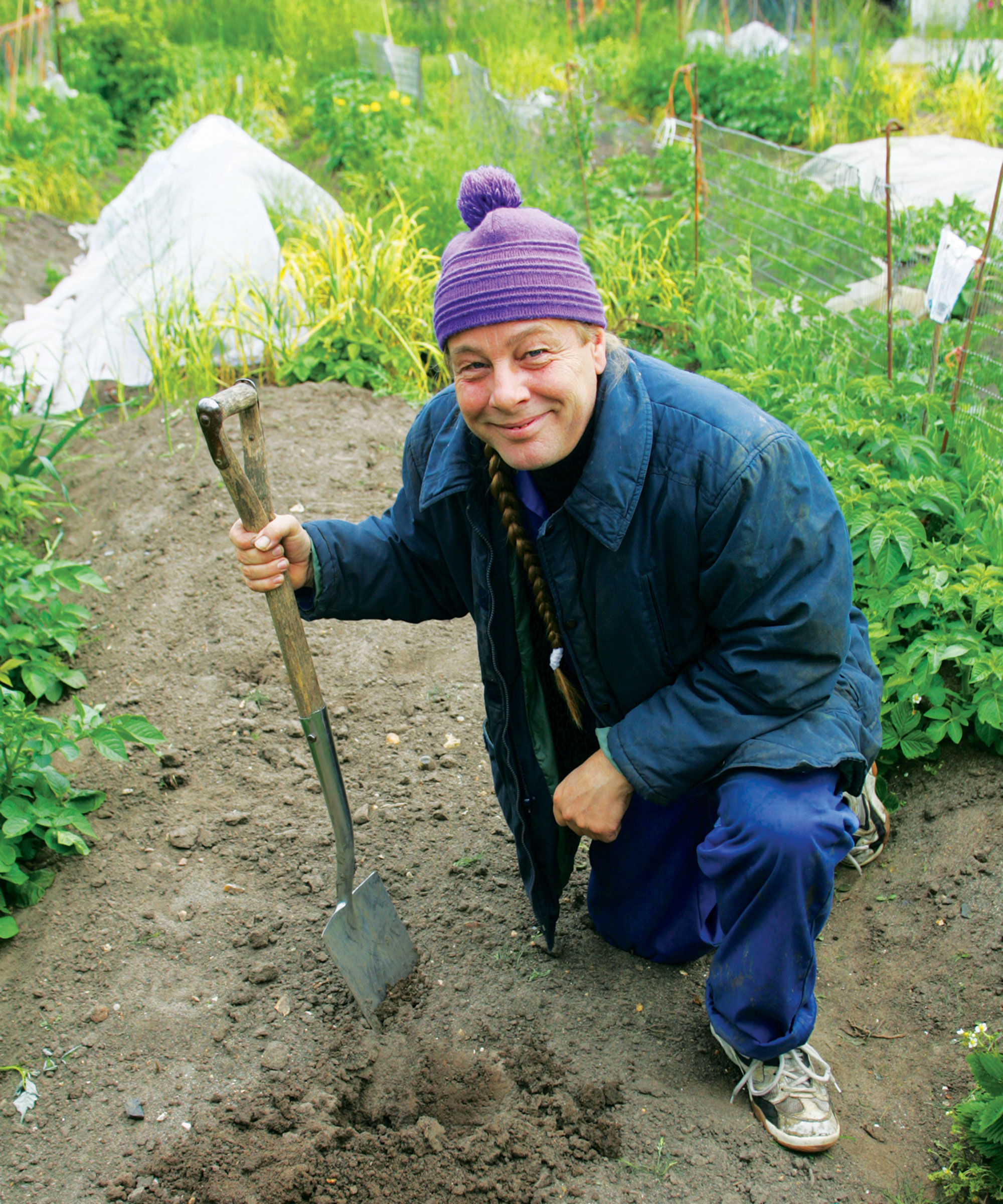
Bob Flowerdew is the organic expert for Amateur Gardening magazine in the UK. Every week he writes about a wide range of gardening tasks and offers advice on how to create a sustainble, eco-friendly garden. He has also written a wide range of books on organic gardening methods, all available on Amazon.
6. They're diseased
Yellow cucumbers can be a sign of disease, including cucumber mosaic virus that can cause discolored tissue and fruits along with the distinct mosaic pattern on foliage. Unfortunately there is no cure and infected plants need to be lifted and destroyed. Mosaic virus is often spread by aphids and you should consider using cucumber companion planting to help get rid of aphids from your garden.
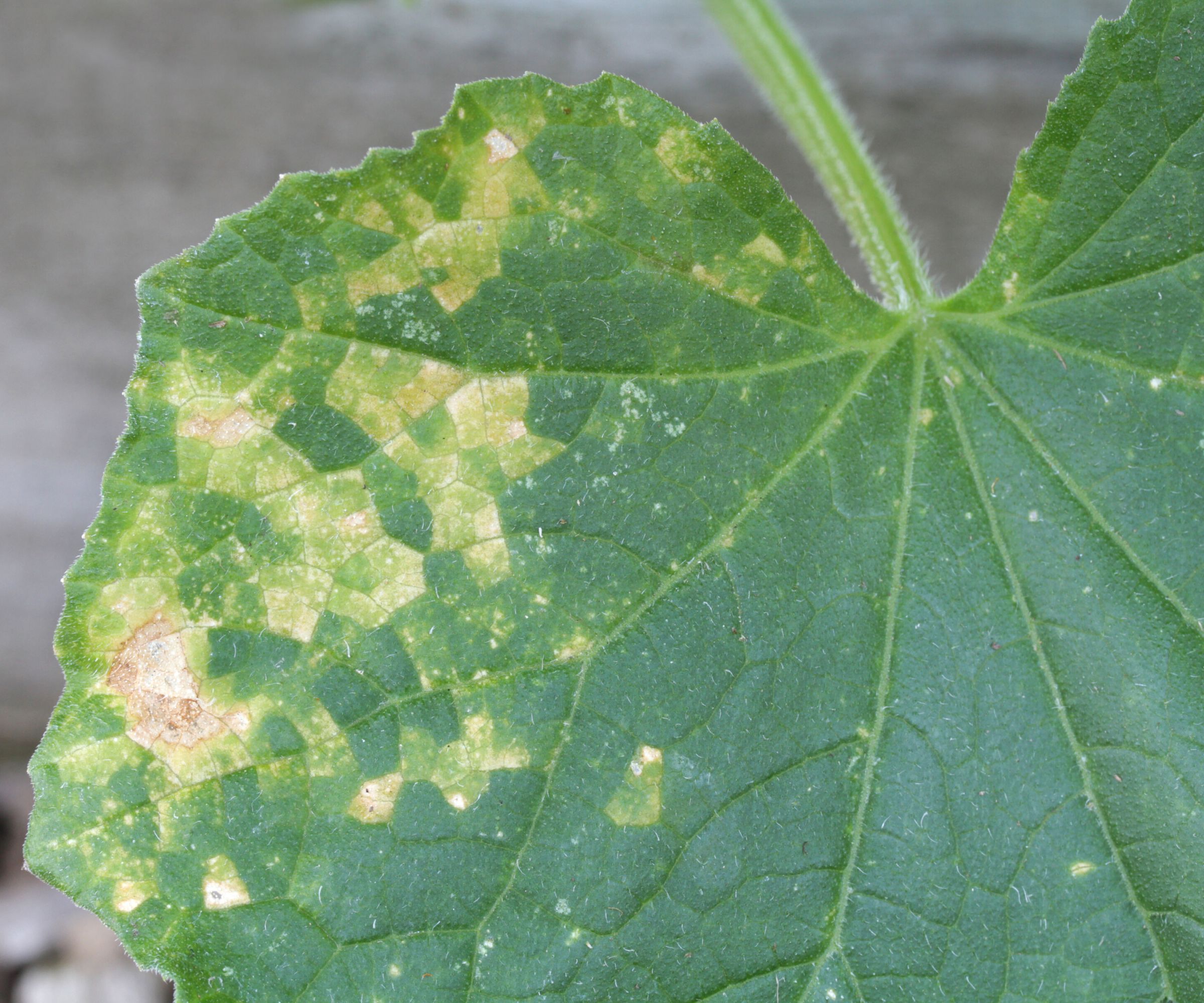
Cucumber mosaic virus causes a yellow mottled pattern on leaves
7. Pollination was poor
If the fruit are yellow, small and mis-shapen then it may be due to poor pollination. If the female flower is not pollinated then the small fruit behind the flower turns yellow and falls off. If not pollinated properly, then the fruit can grow in a contorted manner and also turn yellow in color.
There are several potential reasons that can cause poor pollination, including the weather, climate, or a lack of bees in the area. There are many ways to attract bees to your garden to increase the chances of good pollination and that includes using companion planting and integrating some of the best flowers to attract bees into any backyard ideas.
FAQs
Are cucumbers still good when they turn yellow?
Yellow cucumbers are past their prime ripeness and they are best avoided, most useful for the compost pile rather than the plate. These over-ripe fruits are likely to be bitter and also more mushy in texture than you would want a cucumber to be. There are also likely to be a high amount of seeds in the flesh that would need scooping out.
Will yellow cucumbers ripen off the vine?
No, cucumbers do not continue to ripen once they are removed from the vine. Their color will not change, in fact they will start to decline in texture. That is why it is best to harvest your cucumbers at the right stage of their maturity.
If any of your cucumber leaves are showing signs of yellowing or discoloring, such as due to fungal issues like powdery mildew, then this foliage should be removed from the plant to prevent issues spreading or worsening. You want to prune cucumber plants throughout the growing season to not only remove damaged and diseased sections but also get rid of suckers, which can take nutrients away from the main fruiting stem and affect your cucumber crop.
Sign up to the Homes & Gardens newsletter
Design expertise in your inbox – from inspiring decorating ideas and beautiful celebrity homes to practical gardening advice and shopping round-ups.

Drew’s passion for gardening started with growing vegetables and salad in raised beds in a small urban terrace garden. He has worked as a professional gardener in historic gardens and specialises in growing vegetables, fruit, herbs, and cut flowers as a kitchen gardener. That passion for growing extends to being an allotmenteer, garden blogger, and producing how-to gardening guides for websites. Drew was shortlisted for the New Talent of the Year award at the 2023 Garden Media Guild Awards.
-
 Courtney Love's historic loft combines rock star luxury with raw New York bones – it's on the market for almost $9.5 million
Courtney Love's historic loft combines rock star luxury with raw New York bones – it's on the market for almost $9.5 millionThe singer's former SoHo home features exposed brick walls, original wooden columns, a gas fireplace, and high ceilings – take the tour
By Hannah Ziegler
-
 Triangular shaped garden ideas – landscape designers share 9 ingenious ways to redesign your corner plot
Triangular shaped garden ideas – landscape designers share 9 ingenious ways to redesign your corner plotExpert tips for planning, planting and finessing a triangular shaped plot, so you can savour the space year round
By Jill Morgan